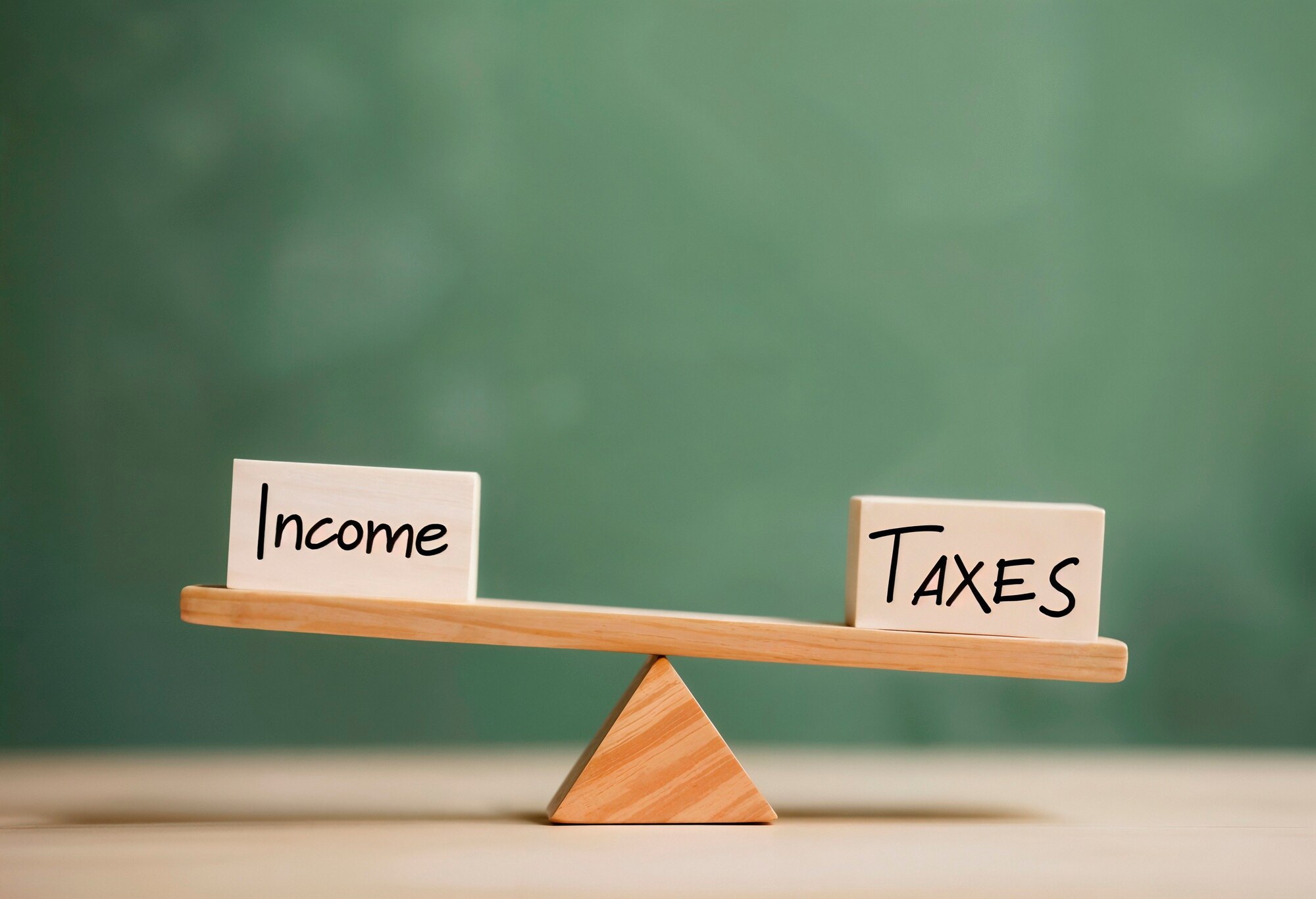Pay Stubs for Taxes Complete Guide to Filing Accurately
Introduction — Why Pay Stubs for Taxes Are Crucial
Pay stubs for taxes are essential financial documents for both employees and employers. Each stub records earnings, deductions, and year-to-date totals. Many people ignore them after payday, but they are crucial during tax season. Using pay stubs correctly helps avoid errors, claim deductions, and verify W-2 or 1099 forms. For more details, follow our step-by-step guide or check the IRS Payroll Guidelines.
Top 7 Pay Stub Details Important for Taxes
Not all pay stub information is required for taxes. Focus on these key fields:
- Pay period and pay date: Determines the correct tax year.
- Gross wages: Total earnings before deductions.
- Year-to-Date (YTD) totals: Helps reconcile with W-2 or 1099 forms.
- Tax withholdings: Federal, state, and local taxes withheld each period.
- Pre-tax deductions: Retirement accounts, HSA, FSA contributions.
- Post-tax deductions: Garnishments or union dues.
- Employer details: Company name, EIN, and payroll codes for verification.
For recordkeeping tips, check our documentation checklist or learn more from the U.S. Department of Labor Fair Labor Standards Act (FLSA) Guide.
Step-by-Step: How to Use Pay Stubs for Taxes
- Gather all pay stubs for the year: Save digital or paper copies in one folder.
- Review your final pay stub: Ensure YTD totals match your W-2 or 1099.
- Identify pre-tax deductions: Contributions to retirement accounts and HSAs affect taxable income.
- Reconcile with tax forms: Compare YTD totals with W-2 or 1099 and document differences. See reconciliation tips.
- Document unusual items: Keep records of bonuses, adjustments, or corrections.
- Verify benefit contributions: Employer-paid benefits may affect tax calculations.
- Save proof: Keep all pay stubs and related documents in case of IRS inquiries. See IRS guide on recordkeeping.
How to Reconcile Pay Stubs With W-2 and 1099
Reconciliation ensures accurate tax filings. Use pay stubs for taxes to compare totals with year-end forms:
- Match YTD gross wages with Box 1 on your W-2.
- Verify federal tax withheld matches Box 2.
- Check Social Security and Medicare withholdings against Boxes 3–6.
- Contractors: Ensure total income matches 1099-NEC forms.
- Investigate minor differences due to rounding or timing.
Handle discrepancies using our common discrepancy solutions or the IRS topic on wage reporting.
Common Discrepancies and Solutions
- Missing income: Check if pre-tax deductions were applied correctly. Request a W-2c if needed.
- Incorrect withholdings: Review W-4 updates and state tax changes.
- Retroactive adjustments: Ensure all payroll adjustments are recorded.
- Contractor confusion: File both W-2 and 1099 income if applicable.
Keep detailed records as suggested in our documentation checklist.
Documentation Checklist for Tax Filing
| Document | Importance |
|---|---|
| All pay stubs for the year | Primary proof of wages and withholdings. |
| Final pay stub | Compare with W-2 or 1099 forms. |
| W-2 forms | Required by the IRS for employees. Learn more. |
| 1099 forms | Proof of contractor income. Learn more. |
| Bank statements | Verify deposits to confirm reported income. |
| Payroll corrections | Document adjustments and errors for reference. |
Using Pay Stubs to Estimate Taxes Early
Avoid surprises by using pay stubs for taxes to calculate expected liability before W-2s arrive. Sum YTD totals, account for pre-tax deductions, and estimate federal and state taxes. Ideal for freelancers, multiple-job holders, or self-employed individuals making quarterly payments. See reconciliation tips or IRS guide on estimated taxes.
Best Practices for Employers and Payroll Teams
- Issue digital pay stubs promptly and maintain secure archives.
- Explain deduction codes clearly.
- Document payroll changes thoroughly.
- Encourage employees to verify stubs regularly. Refer to step-by-step guide.
- Check labor law guidance at U.S. Department of Labor Wages & Hours.
Top Mistakes Taxpayers Make With Pay Stubs
- Relying on a single stub instead of reviewing all YTD totals.
- Confusing pre-tax and post-tax deductions.
- Failing to save pay stubs for multiple years.
- Not reconciling pay stubs with W-2s before filing. Use reconciliation tips for accuracy.
FAQs About Pay Stubs and Taxes
Can I file taxes using only pay stubs?
No. Pay stubs are for verification; official filings must use W-2 or 1099 forms. See reconciliation or IRS Filing Information.
What if my pay stub doesn’t match my W-2?
Contact payroll immediately. A corrected W-2 (W-2c) should be issued if needed. More info: IRS topic 154.
How long should I keep pay stubs?
Keep pay stubs for 3–7 years depending on audit risk. See documentation checklist or IRS recordkeeping guide.
Do pre-tax deductions affect Social Security wages?
Some deductions lower taxable income but not FICA wages. Confirm with payroll. Learn more from SSA publication on Social Security wages.
Conclusion — Make Pay Stubs a Key Part of Your Tax Strategy
Pay stubs for taxes are essential for accurate financial management. Reconcile W-2s and 1099s, track deductions, and verify employer contributions. Employers improve compliance by issuing accurate stubs, while employees can avoid surprises by saving and reviewing pay stubs year-round. For professional stubs, use our Pay Stub Generator or explore examples on the Regular Pay Stub page. For official IRS guidance, see IRS Payroll Guidelines.

